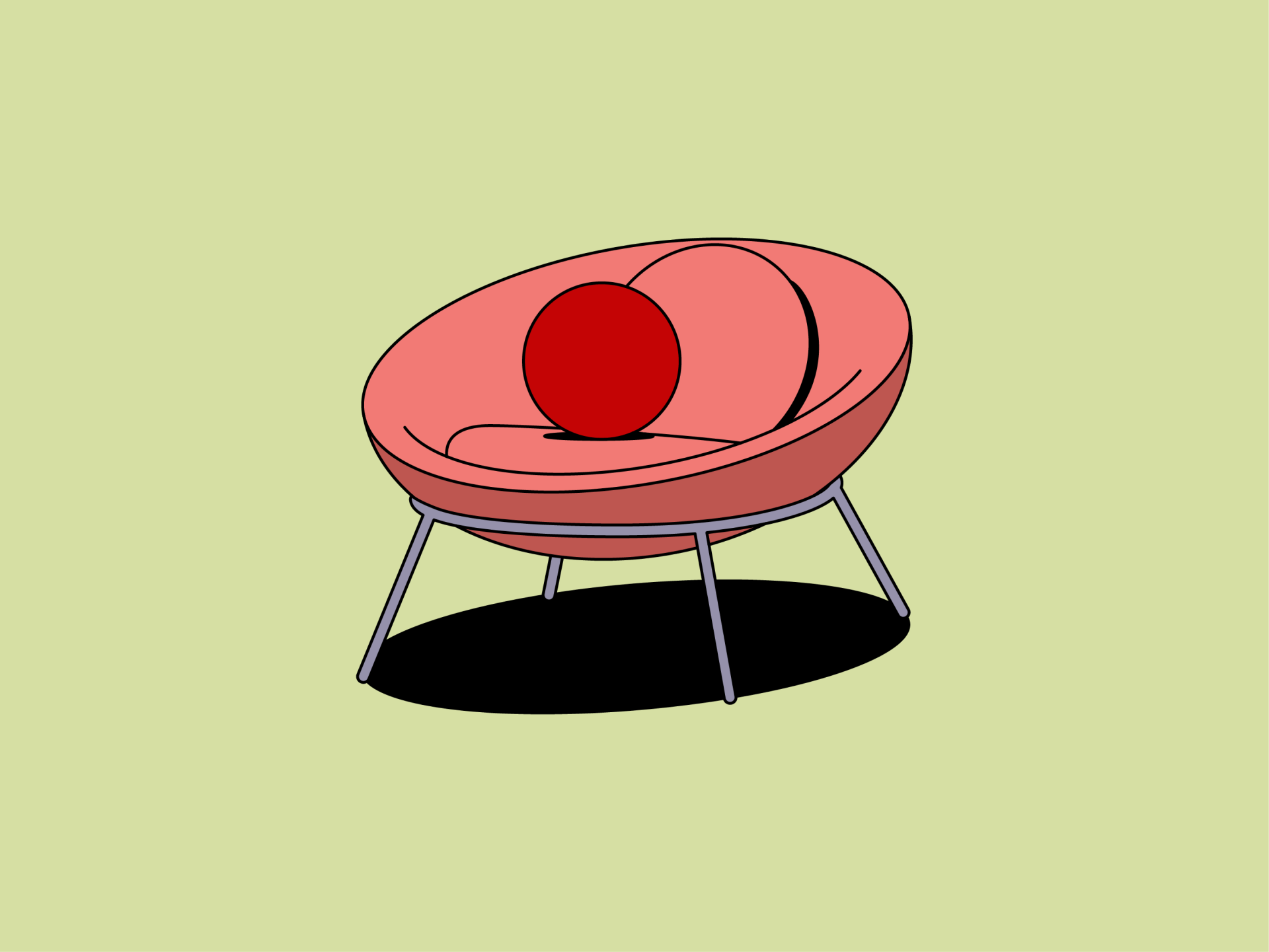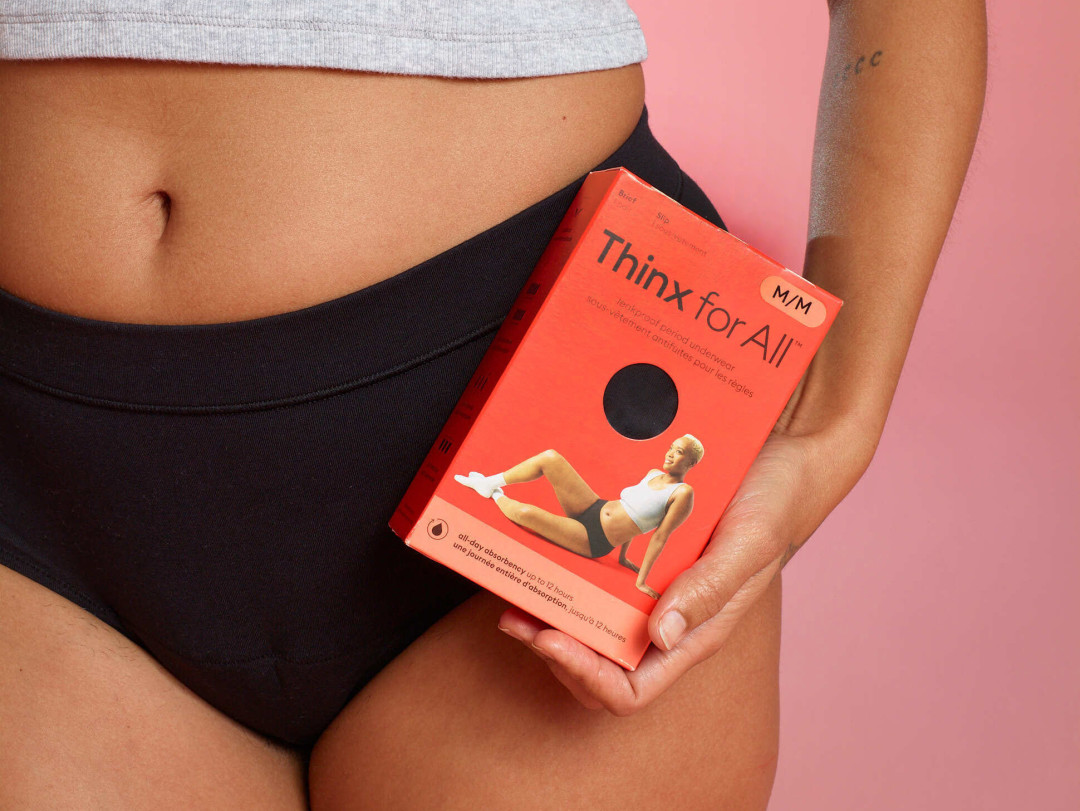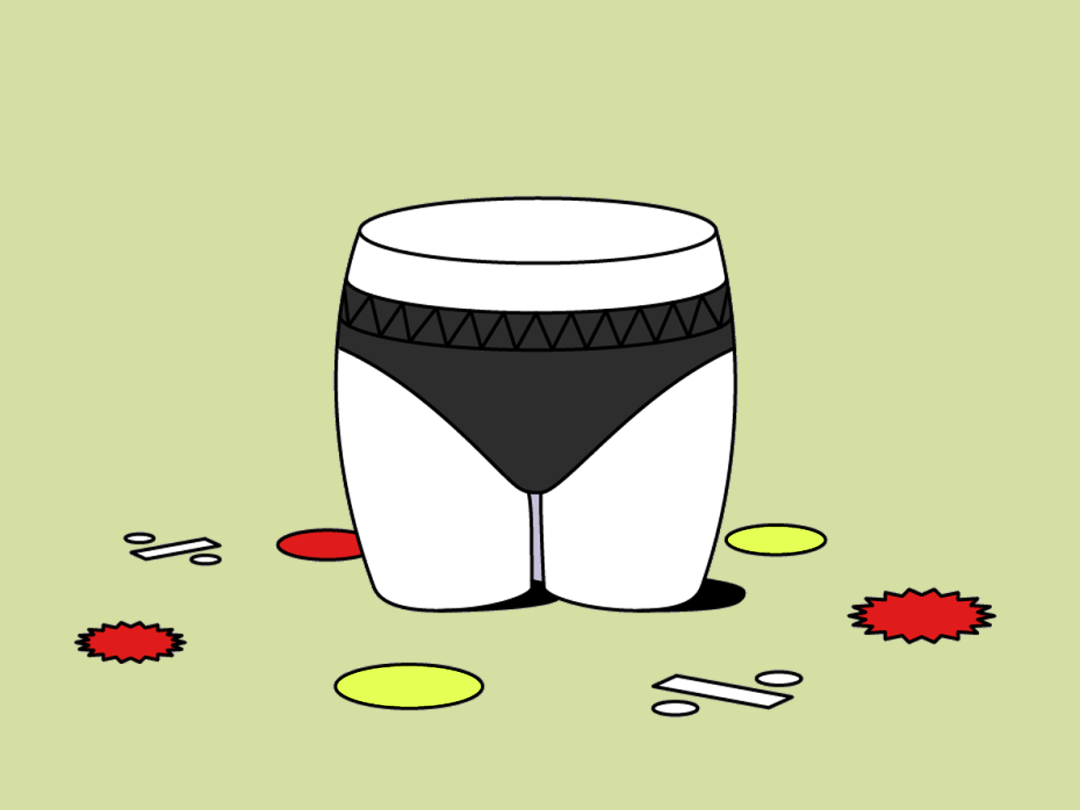#explainer
State of the Period 2021
odds & ends
·5 min read

by Team Thinx | 06/03/2021
The widespread impact of period poverty on U.S. students
Commissioned by Thinx & PERIOD
Introduction & Methodology
The results of this study show that students in the United States continue to face considerable barriers in accessing menstrual hygiene products, and the Covid-19 pandemic has increased barriers to access. The State of the Period is the only publicly available study tracking the impact of period poverty among U.S. teenage students. This research was conducted by SKDK online between April 26-May 2, 2021 — 1,010 students who menstruate, ages 13 to 19, were surveyed. Results were weighted for age, region, and race/ethnicity where necessary to align with actual proportions in the population.
The new data show period poverty—the inability to access menstrual hygiene products—has jumped to nearly a quarter of all students (up from 1 in 5 in 2019), and lower-income and students of color have been particularly affected. Students are deeply aware of the impact period stigma and lack of access to period products present, and believe there needs to be more advocates for menstrual health and equity.
In 2019, Thinx and PERIOD released the first State of the Period, kicking off a partnership of advocacy on the issue of menstrual equity. Thinx Inc., the period solutions company known for its signature period underwear, and PERIOD, a youth-led nonprofit group focused on combating period poverty and stigma, have helped raise awareness on period poverty and improve menstrual equity through their joint United Access for Campaign.
Thinx, together with PERIOD, proposes a multi-pronged effort to address these issues, calling for more comprehensive studies on period poverty in young people; medically accurate sexual education in schools; and legislation to make period products as available as toilet paper in school and public bathrooms.
Background
Period poverty affects menstruating individuals of all ages in communities throughout the United States. The Covid-19 pandemic has exacerbated the issue of menstrual equity and made it more difficult for students around the country, particularly students of color and lower-income students, to access period products. Before the pandemic, schools, prisons, and public restrooms overwhelmingly failed to adequately provide pads and tampons, leaving a large sector of the population confronting a public health issue with profound consequences: physical health risks, social and psychological effects, and for students in particular, educational fallout. With many of these places closed or limiting hours, the pandemic has deepened this access gap even further.
As the first State of the Period in 2019 showed and the pandemic has emphasized, menstrual equity is a question of equity in a broader sense and is vital for the health and success of future generations. In a survey conducted with low-income women in St. Louis, lack of access to period products was comparable in many cases to that of women in countries that have far fewer resources than the United States. This suggests that, on the whole, factors other than economic poverty are playing a role. Negative associations with menstruation are powerful and contribute to “self-objectification, body shame, and lack of agency in sexual decision-making” for young people.
Survey Findings
The second State of the Period poll shows students are still well-aware of the barriers period stigma and lack of access to period products present. This past year, with the implementation of remote schooling due to Covid-19, additional barriers to accessing period products (including cost) presented challenges to many students, almost a quarter of students struggled to access period products.
Lower-income students and students of color (particularly Latinx students) are more impacted by lack of access than white and middle-income students. Nearly half of Latinx students (46%) say returning to school made it easier for them to access period products, and 23% say they have had to choose between buying period products and food/clothing. Almost half of Black and Latinx students feel they are not able to do their best school work because of lack of access to period products, compared to 28% among white students.
Returning to school alone will not solve the challenges students face. Students do not think schools foster an environment in which they feel comfortable discussing periods or even attending class while they are on their periods. This stigma and lack of access can have a very real impact on a student’s education, especially for students of color and lower-income students who tend to be more impacted by lack of access to products.
The second State of the Period confirms that students are eager to learn more about periods, decrease stigma, and shift attitudes around menstruation. Overall, students do not think the narrative the world presents to them on their periods matches their personal experiences.
Students are calling for more open dialogue and creating a wave of activism around menstrual equity, and states around the country are beginning to provide free menstrual hygiene products in schools, along with wider calls for reform.
Access to Period Products
Nearly a quarter of students struggle to afford period products, and the pandemic has only heightened barriers. Students of color, lower-income students, and rural students are most impacted by issues of access. Lack of access to period products for students remains a significant issue.
23% of students have struggled to afford period products.
16% have chosen to buy period products over food or clothes as a result of the pandemic. Latinx, rural, low-income, and college students are most impacted.
51% of students have worn period products for longer than recommended.
18% of students believe Covid-19 has made it more difficult for them to do their best schoolwork during their period.
27% think being back at school has or will (21%) make it easier to access period products — Latinx students, in particular, say returning has made or will make it easier.
Still, returning to school as the pandemic ends will not resolve all of the issues with access, and students believe schools must do more to provide access for their students.
3-in-5 students say they rarely or never find free period products in school bathrooms (59%) or public bathrooms (62%).
82% of students agree that if there is free toilet paper in bathrooms, there should be free menstrual products, and 84% think menstrual products are just as important as toilet paper or soap in public bathrooms.
85% of students agree that public schools should provide free period products.
57% of students say they feel their school doesn’t care about them if they don’t provide free period products in the bathrooms.
The Stigma Around Periods
Students across demographics continue to report struggling with period stigma. The school environment is especially difficult for students while they have their periods. Being in school and experiencing stigma can draw up feelings of embarrassment and make them uncomfortable being at school — in many cases, it has a direct impact on their ability to confidently complete schoolwork.
76% of students say there is a negative association that periods are gross and unsanitary and 65% agree that society teaches people to be ashamed of their periods.
70% say the school environment makes them especially self-conscious of their periods.
83% hide their period products when they walk out of class to go to the bathroom.
65% do not want to be at school when they have their periods.
38% often or sometimes cannot do their best schoolwork due to lack of access to period products.
62% agree the world is not set up for them to manage their periods with full confidence, and 58% of students are negatively affected by negative associations with periods.
However, this stigma doesn’t necessarily match up with the lived experiences of students.
While at the time of their first period, a majority of students felt their periods were scary (60%) and gross (55%). After several periods, 65% indicate their periods feel natural and 56% healthy.
In addition, 85% agree periods should be recognized as an indicator of good health rather than as something dirty or gross.
The Need for Open Communication
Although students feel they have safe spaces to discuss their periods, they want more open conversations about periods in places like school. Students find the formal education around periods inadequate and many felt unprepared before their first periods as a result of lack of communication.
74% of students have questions about their periods.
71% say periods are openly discussed at home, up 5 points since 2019. On the other hand, 43% of students say periods are openly discussed at school — down 13 points since 2019.
While the majority (60%) say they were prepared for their first period, 40% felt confused and unprepared.
76% are taught more about the biology of frogs than the human female body in school.
42% say their health teacher appears to be uncomfortable discussing menstruation — up 5 points since 2019.
Two-thirds (67%) agree that they are more comfortable talking about their periods than their parents’ generation.
A Call for Action
Nearly 8-in-10 (77%) students recognize that lack of access to period products is a critical issue people face, an issue that 76% say isn’t discussed enough. Because this issue has such a large impact on students’ lives, students want more advocacy around menstrual equity, including access to products and education.
Two-thirds of students agree that too many people have to miss out on valuable school time because they do not have the period products they need.
Students have become more familiar with the term “menstrual equity” — 29% are familiar, which is a 6-point increase from 2019.
Nearly three-quarters (72%) of students wish there were more vocal advocates talking about issues associated with periods.
81% agree that it’s important for everyone to understand the issue of lack of access to period products, not just people with periods.
Students want education on menstrual health that’s holistic, and covers biology as well as the policy issues surrounding reproductive health.
77% of students believe there needs to be more in-depth education about menstrual health.
73% agree education around menstrual health should be part of the core curriculum, just like math — a 6 point increase since 2019.
76% think that, along with reproductive health, schools should teach about policy around lack of access to period products in school.
by Team Thinx


